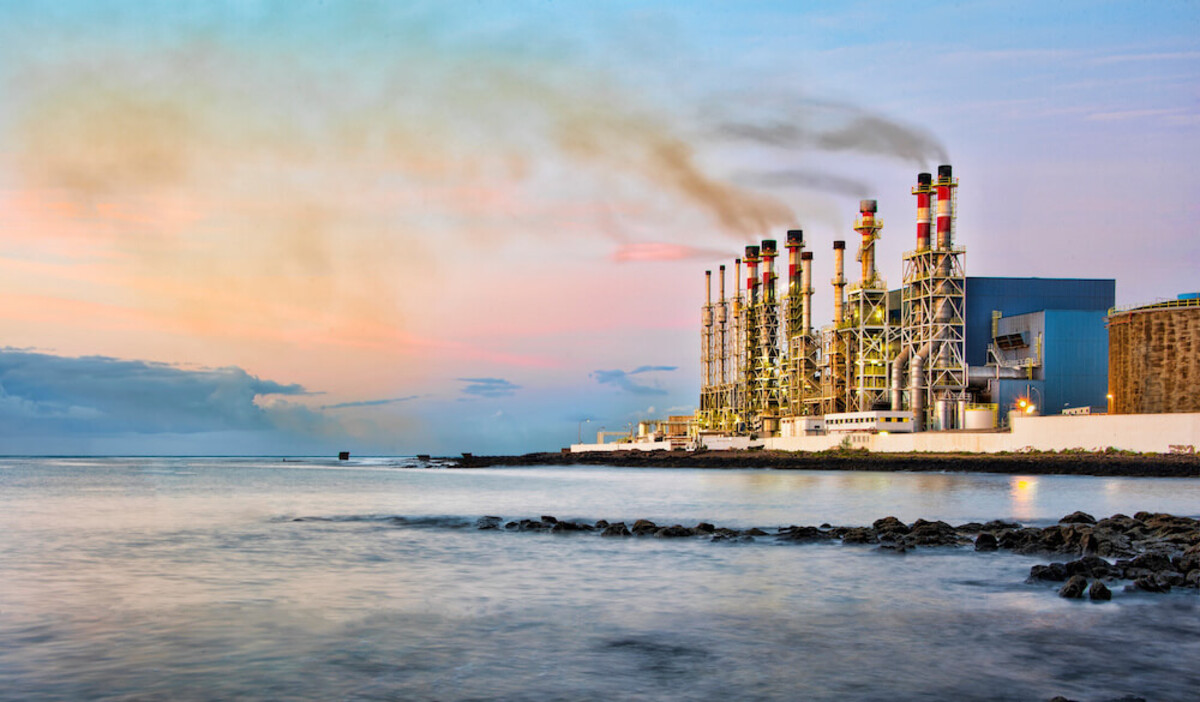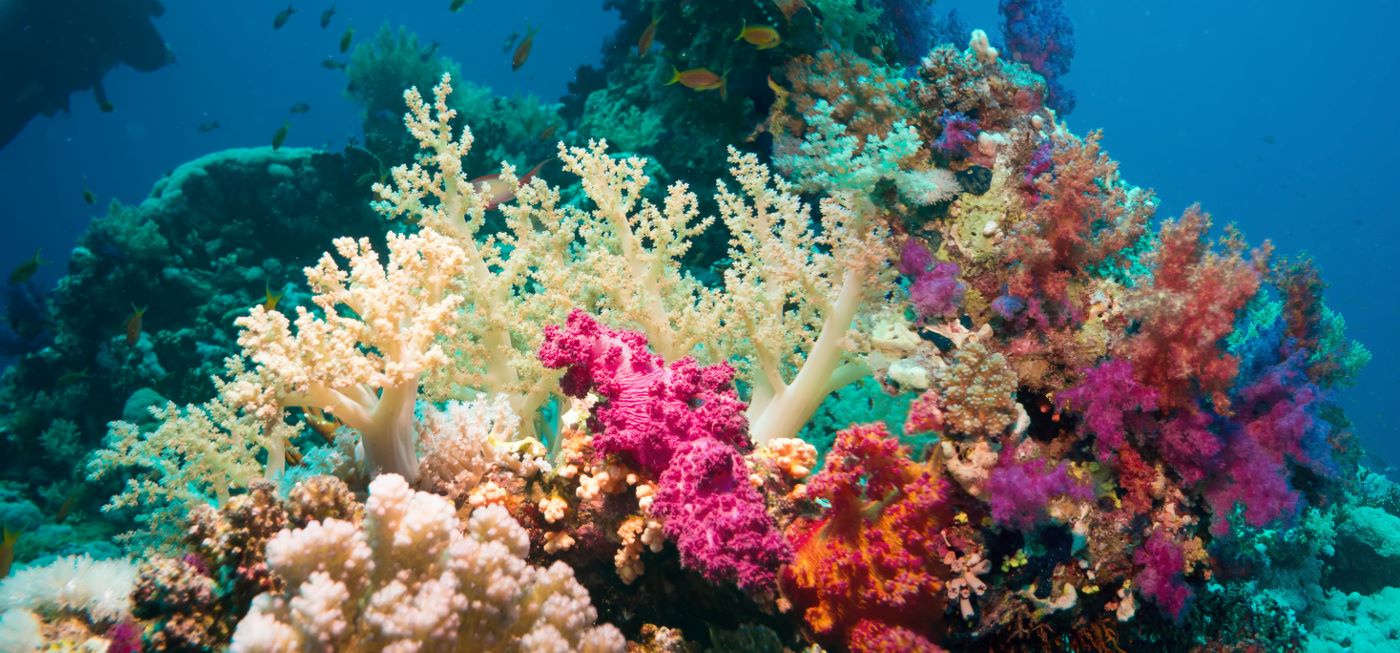
Desalination is an innovative and crucial process that plays a significant role in addressing the increasing global water scarcity. This fascinating technique involves the removal of salt and other impurities from seawater, making it safe and suitable for consumption and various industrial purposes. As our planet faces the challenges of a growing population and limited freshwater resources, the importance of desalination cannot be overstated.
In this article, we will delve into the world of desalination and uncover 15 intriguing facts about this remarkable process. From its ancient origins to the cutting-edge technologies used today, we will explore the various methods, benefits, and challenges associated with desalination.
So, prepare to be amazed as we dive into the captivating world of desalination and discover the incredible ways it is transforming the way we access and utilize water.
Key Takeaways:
- Desalination provides a vital source of fresh water for growing populations and arid regions, but it requires a lot of energy and can impact marine ecosystems.
- By using ancient techniques and evolving technology, desalination helps diversify water sources and enhance water security, offering a sustainable solution to global water challenges.
Desalination is becoming a vital source of freshwater.
With increasing population growth and limited freshwater resources, desalination plants are being constructed worldwide to meet the growing demand for clean water.
Desalination technology has ancient roots.
The concept of desalination can be traced back to ancient civilizations such as the Egyptians and Greeks, who used rudimentary methods to desalinate water.
The Middle East leads in desalination capacity.
Countries in the Middle East, particularly Saudi Arabia, UAE, and Kuwait, have the highest desalination capacity, owing to their arid climate and limited freshwater sources.
Desalination is energy-intensive.
The process of desalination requires a significant amount of energy, primarily in the form of electricity, making it a cost-intensive and environmentally challenging solution.
Reverse osmosis is the most common desalination method.
Reverse osmosis, a process that uses semipermeable membranes to remove salt and impurities, is the most widely employed technique in desalination plants worldwide.
Desalination plants produce brine as a byproduct.
During the desalination process, brine, a highly concentrated saltwater solution, is produced and discharged back into the sea, posing potential environmental risks.
Desalination can have an ecological impact.
The discharge of brine into the ocean can affect marine ecosystems, leading to changes in salinity levels and impacting the diversity of marine life in the vicinity.
Desalinated water meets stringent quality standards.
Desalinated water undergoes rigorous treatment processes, ensuring that it meets strict quality standards and is safe for consumption.
Desalination can alleviate water scarcity in coastal regions.
Coastal regions with limited freshwater resources can greatly benefit from desalination, providing a sustainable source of potable water.
Desalination can be used for agricultural purposes.
In arid regions, desalinated water can be used for irrigation, supporting agricultural activities and enhancing food security.
Desalination can be powered by renewable energy.
Integrating desalination plants with renewable energy sources, such as solar or wind power, can reduce the carbon footprint associated with the energy-intensive process.
Desalination technology continues to evolve.
Ongoing research and development efforts are focused on improving desalination technologies, making them more energy-efficient and cost-effective.
Desalination faces challenges in water sourcing.
Desalination plants require a reliable source of seawater or brackish water for operation, posing challenges in areas where such water sources are limited or inconsistent.
Desalination can be a complement to traditional water sources.
Desalinated water can serve as a supplementary source alongside traditional freshwater resources, helping to mitigate water shortages during periods of drought or increased demand.
Desalination contributes to water security.
The availability of desalinated water enhances water security by diversifying water sources and reducing dependence on limited freshwater supplies.
Desalination technology has transformed the way we address water scarcity, unlocking new possibilities for sustainable water management. As the world grapples with increasing water challenges, desalination offers a valuable solution to ensure access to clean, fresh water for generations to come.
Conclusion
In conclusion, desalination is a fascinating process that plays a crucial role in addressing water scarcity around the world. With the increasing demand for freshwater and the effects of climate change exacerbating water shortages, desalination offers a promising solution for providing clean and drinkable water.Through the use of advanced technology, desalination plants are able to remove salt and other impurities from seawater, making it suitable for human consumption, agricultural use, and industrial purposes. This process not only ensures access to clean water but also reduces reliance on limited freshwater sources.However, desalination is not without its challenges. It requires significant energy consumption, leading to environmental concerns. Additionally, the high cost of building and operating desalination plants presents economic barriers for some regions.Despite these challenges, desalination continues to evolve and improve, with research focusing on reducing energy consumption, finding more sustainable methods, and increasing efficiency. As countries explore innovative technologies and implement effective policies, desalination has the potential to become an even more vital part of our water supply infrastructure.In summary, desalination is a remarkable process that has the potential to alleviate water scarcity and ensure a sustainable water future for generations to come.
FAQs
Q: What is desalination?
A: Desalination is the process of removing salt and other impurities from seawater, making it suitable for human consumption and other uses.
Q: Why is desalination important?
A: Desalination is important because it provides a solution to water scarcity, especially in regions with limited freshwater resources.
Q: How does desalination work?
A: Desalination typically involves one of two processes: reverse osmosis or distillation. Reverse osmosis uses a membrane to separate salt and impurities from water, while distillation involves heating seawater to produce steam and then condensing the steam to obtain freshwater.
Q: Where is desalination commonly used?
A: Desalination is commonly used in arid regions, coastal areas, and islands where freshwater is scarce.
Q: What are the environmental impacts of desalination?
A: Desalination plants consume a significant amount of energy and can have negative effects on marine ecosystems due to the discharge of highly concentrated brine into the ocean.
Q: Is desalinated water safe to drink?
A: Yes, desalinated water is safe to drink as it goes through a rigorous treatment process that removes all impurities, including salt.
Q: Is desalination a sustainable solution?
A: While desalination provides a solution to water scarcity, its sustainability depends on using renewable energy sources, implementing efficient technologies, and managing the environmental impacts effectively.
Q: How expensive is desalinated water?
A: Desalinated water is generally more expensive compared to traditional freshwater sources. The cost varies depending on factors such as energy prices, plant location, and infrastructure.
Q: Can desalination be used for agriculture?
A: Yes, desalinated water can be used for agriculture, helping to sustain crops in regions with limited freshwater resources.
Q: Are there any alternatives to desalination?
A: Yes, alternatives to desalination include water conservation measures, wastewater recycling, and rainwater harvesting, among others.
Was this page helpful?
Our commitment to delivering trustworthy and engaging content is at the heart of what we do. Each fact on our site is contributed by real users like you, bringing a wealth of diverse insights and information. To ensure the highest standards of accuracy and reliability, our dedicated editors meticulously review each submission. This process guarantees that the facts we share are not only fascinating but also credible. Trust in our commitment to quality and authenticity as you explore and learn with us.


